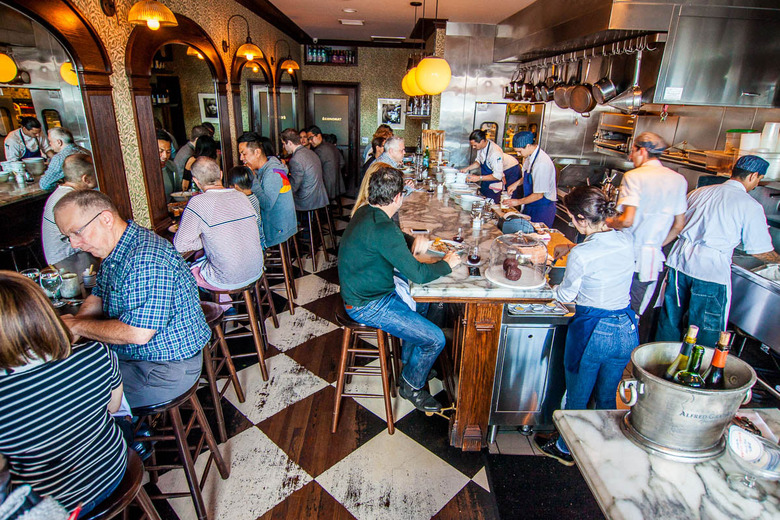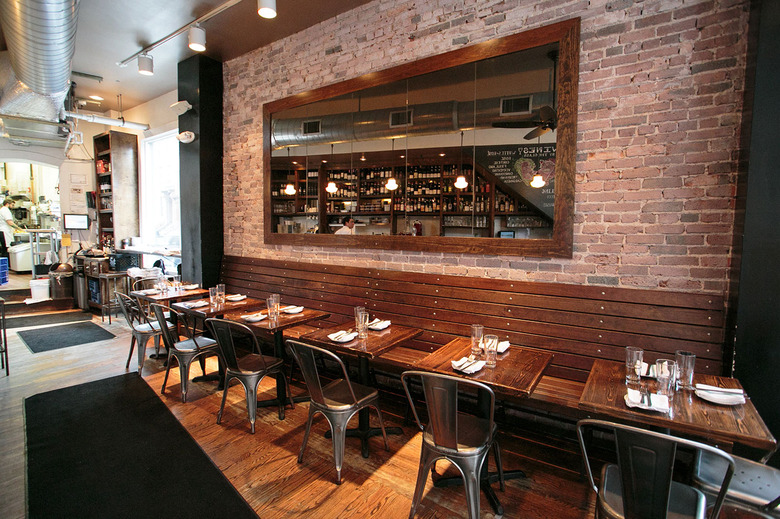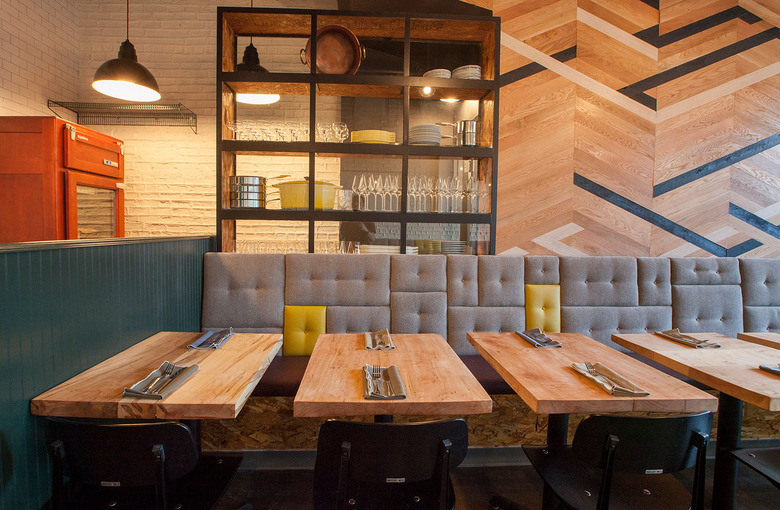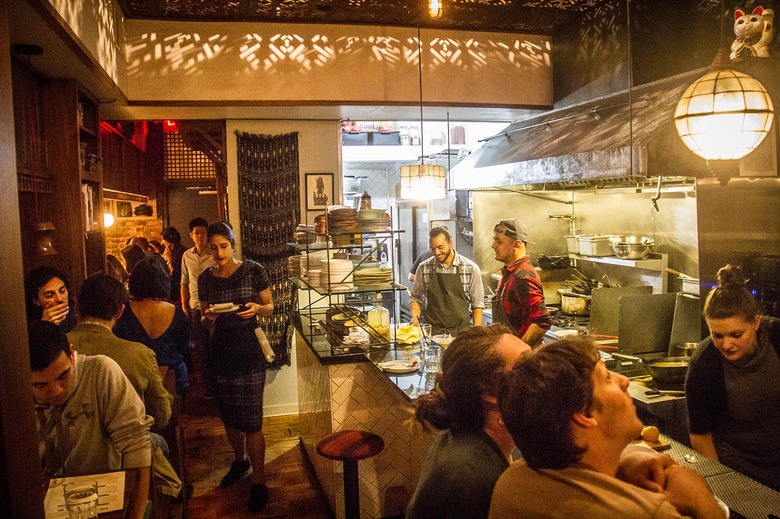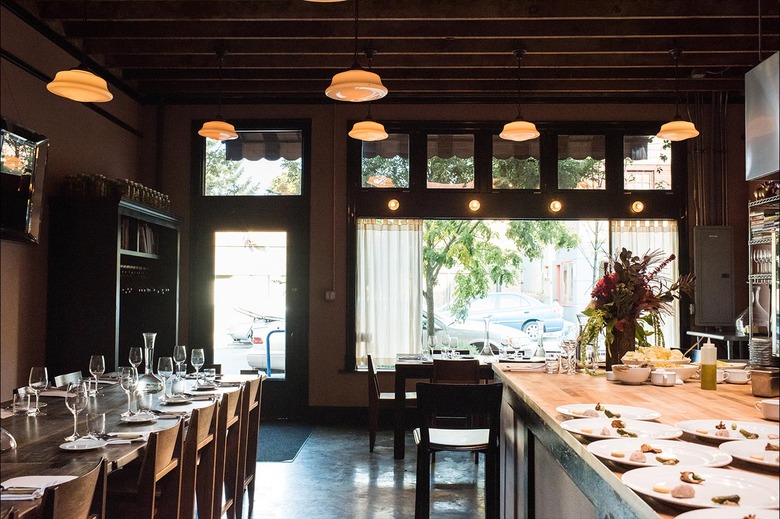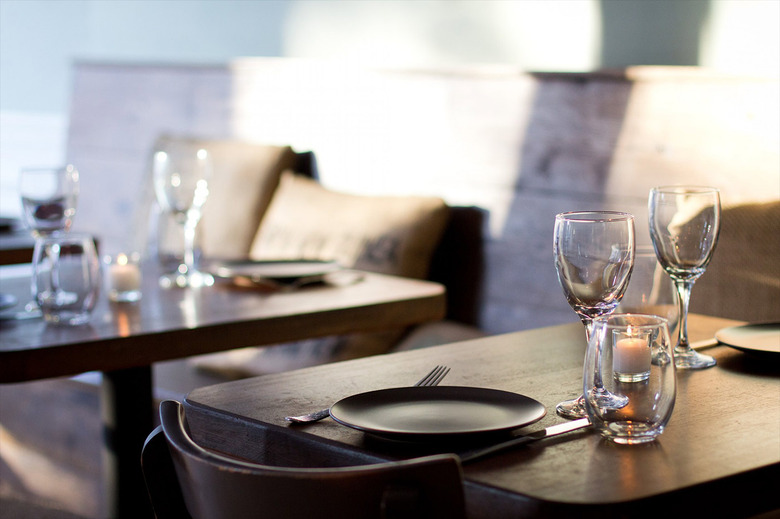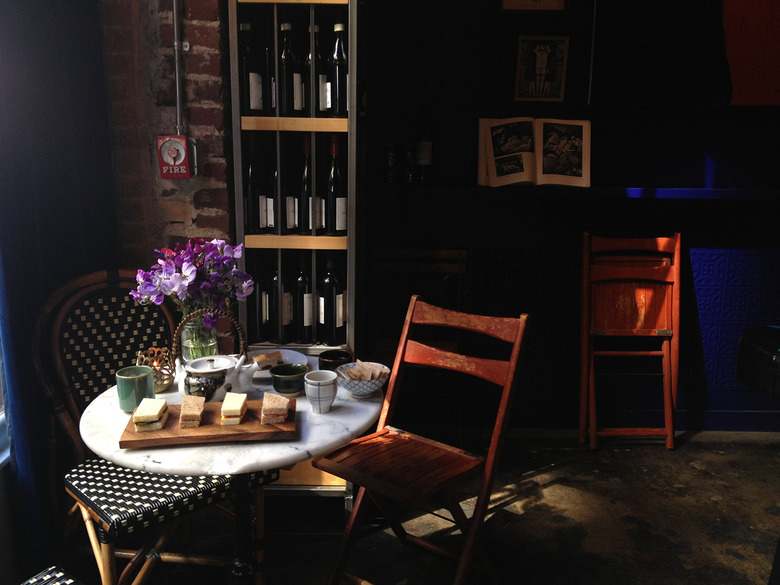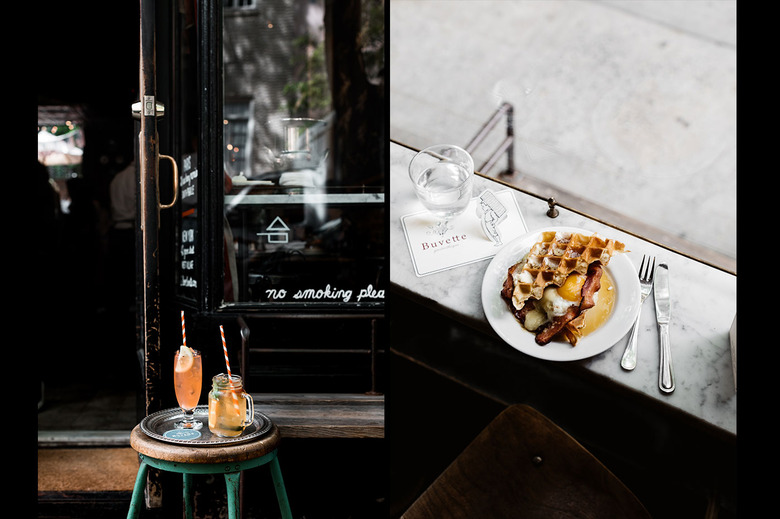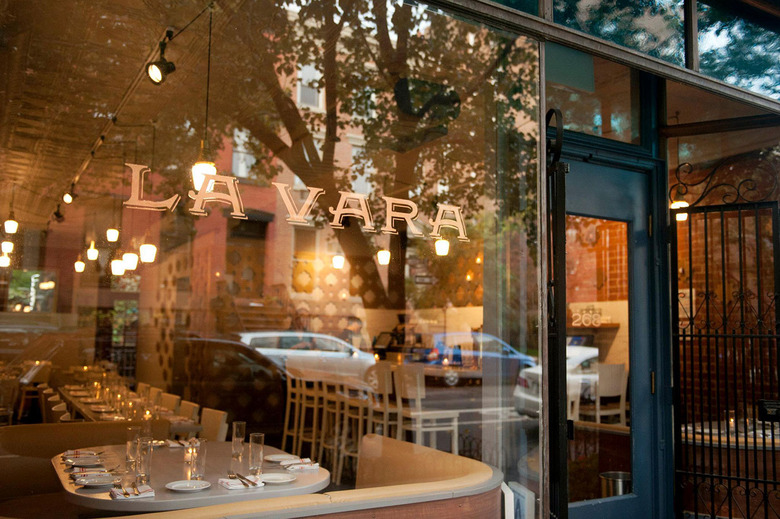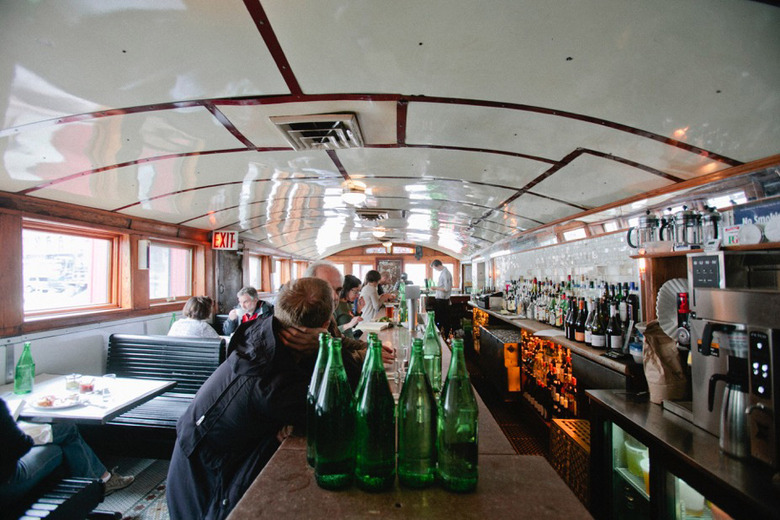The Best Small Restaurants In The U.S.
How the country's best small restaurants are surviving today's dining scene
Are small restaurants dying? A proliferation of fast-casual "concepts" and restaurants with vast dining rooms could easily make diners think the era of small restaurants that sprung to life during the recession is giving way.
Mario Batali's La Sirena, for example, boasts two dining rooms that each seat around 100, plus a patio and private dining rooms. It's a big restaurant. The same goes for Steve Samson's buzzy Rossoblu, which seats 120, and Jean-Georges Vongerichten's recently opened 150-seater, both in L.A. Across the country, new developments and hotels with buzzy chefs like Andrew Carmellini attached (he's opening restaurants in Baltimore and Detroit in the coming months) prove the trend isn't limited to New York and L.A.
It's no wonder chefs like Brendan McHale, who recently left his charming 30-seat NYC spot, The Eddy, to move to Wisconsin for a change of pace, have called small restaurants "a dying breed." But while some are shuttering, other small restaurants—think 60 seats or less—run by smart, strategic chefs are going strong.
How do they do it in the face of rising rent, steeper food costs and more competition?
 Rucola, one of Brooklyn's most charming restaurants | Photo: Rucola
Rucola, one of Brooklyn's most charming restaurants | Photo: Rucola
"The model for running a small restaurant is pretty specific," Henry Rich, co-owner of several petit and perennially busy Brooklyn restaurants like Italian gem Rucola and newcomer Metta, explains. "You need to know exactly what the neighborhood wants and be part of the community."
Santos Uy, who owns a triplet of intimate dining and drinking spots in L.A., and has helped open several others, agrees. In his city, diners may hop in the car to reach larger restaurants they've read about, but for smaller places, Uy says, "You have to serve the people around you, and if what you're serving is what they want, they'll come in."
In NYC, as the market continues to get more competitive, that neighborhood feeling has to speak to locals and out-of-towners alike. "You need both things: Your regular guests and people from all over the world and city [need] to feel like they're regulars," Andrew Tarlow, who owns a cluster of well-loved restaurants in Brooklyn, including Diner and Roman's, says.
Cracking the code for what makes a small restaurant work, in other words, isn't just about pinpointing exactly what a given neighborhood wants, but also how that neighborhood fits into the whole city's ecosystem—one that differs considerably between New York and L.A., for example.
 Asparagus at Chicago's Giant | Photo: Kristen Mendiola
Asparagus at Chicago's Giant | Photo: Kristen Mendiola
Crucial for many success stories is the concept of safety in numbers. "Once you get three or more [restaurants], you can start negotiating with vendors for a few different accounts. It's a lot easier," Rich says.
Resources can also be shared across restaurants run by the same people. "We cross utilize," Alex Raij, who owns three small restaurants and a café in New York, explains. "Our waste is very well controlled . . . me and my husband are basically shleppers," bringing cuts of meat that may work better at one restaurant than another across the city.
What's more, the teams go beyond sharing just infrastructure and ingredients. "One restaurant learns from the mistakes or successes of another," Rich adds.
They're lessons learned all the more quickly by a tight staff, who, by necessity, may have multiple responsibilities and feel more invested in their kitchens. Ken Oringer, who owns both smaller and larger restaurants in Boston and New York, points out, "You can get by with smaller staff, and it's nicer to have people wear multiple hats." At Uy's French wine bar, Mignon, which serves escargots and oeufs en cocotte to just 18 seats, "there are two people who work there in a shift. One person pouring wine, one person making the food—and they'll pour wine, too, and they'll do the dishes, too. They do everything," Uy says. "One of the most expensive things is staffing your restaurant," McHale, who scaled back on a prep cook and runner five days a week at The Eddy, adds. So keeping it lean is extra important.
 The dining room at L.A.'s Petite Trois | Photo: Capra Photography
The dining room at L.A.'s Petite Trois | Photo: Capra Photography
There's also added pressure to fill seats and turn tables in a small space, which can't rely on sheer mass. One technique is serving style: By doing tapas, which doesn't require separate coursing, at Toro in Boston, Oringer says, "We can still do 300 people a night even though it's 60 seats. That's been key to the formula." At Coppa, which seats 40 and serves Italian food, "everything is meant to be shared," which also translates to a speedier pace.
Ultimately, there's less room for error at these charming haunts. And these days, it's not enough to follow any one strategy alone, be it catering to the neighborhood, turning tables quickly, keeping a small and nimble staff, or relying on a network of restaurants. You need to have the right formula, which could include some or all of the above. And then, of course, some places just have that X factor.
Petit Trois
Los Angeles, CA
Saddle up to the bar of this 21-seater from Ludo Lefebvre, Jon Shook and Vinny Dotolo for a taste of France.
Photo: Capra Photography
Coppa
Boston, MA
Ken Oringer and Jamie Bissonnette's smallest restaurant has space for just 40 people in the South End of Boston. Plan to share pizzas, fire-roasted meatballs and stuzzichini, or Italian bar snacks.
Photo: Brian Samuels
Giant
Chicago, IL
With only 44 seats, Jason Vincent's restaurant isn't named for its size, but rather for a Shel Silverstein poem that hangs on the wall. The size fades away once Vincent's intensely flavored cooking that defies all categorization hits the table. As the website reads, "We don't have room for a lot of people, so, people please, make your reservations early. People."
Photo: BBPhoto.com
Bad Saint
Washington, D.C.
You'll have to line up to gain access to one of the few coveted seats at this Filipino powerhouse in Washington, D.C. It's worth the wait. Trust us.
Photo: Farrah Skeiky
Beast
Portland, OR
Naomi Pomeroy's restaurant feels like a big dinner party. Everyone is seated around communal tables, and the menu is fixed for the whole party.
Photo: Dina Avila
Helm
Philadelphia, PA
Among Philly's best small restaurants is Helm, which remains cozy but with a few nooks for privacy and a standout locally focused menu written on a chalkboard.
Photo: Helm
Mignon
Los Angeles, CA
Santos Uy focuses his energy on owning and running small spots like Mignon, a wine bar with more than just a snack menu, and a bistro called Papilles.
Photo: Mignon
Rucola
Brooklyn, NY
Fresh pasta consumed while peering out Rucola's ivy-laced windows feels at once essentially Brooklyn and a departure from the chaos of NYC.
Photo: Rucola
Buvette
New York, NY
Jody Williams's petit West Village spot feels like Paris (where she also operates a restaurant). Don't skip the steak tartare.
Photos: Cerutti Draime
La Vara
Brooklyn, NY
Alex Raij and her husband, Eder Montero, run a trio of small restaurants. The tiniest, with 34 seats, is the Michelin-starred La Vara, which serves Moorish-inspired fare from the south of Spain.
Photo: Lauren Volo
Diner
Brooklyn, NY
Andrew Tarlow owns some of the most-loved small restaurants in Brooklyn. At his original, Diner, the daily-changing menu is written on butcher paper on the table.
Photo: Mel Barlow

